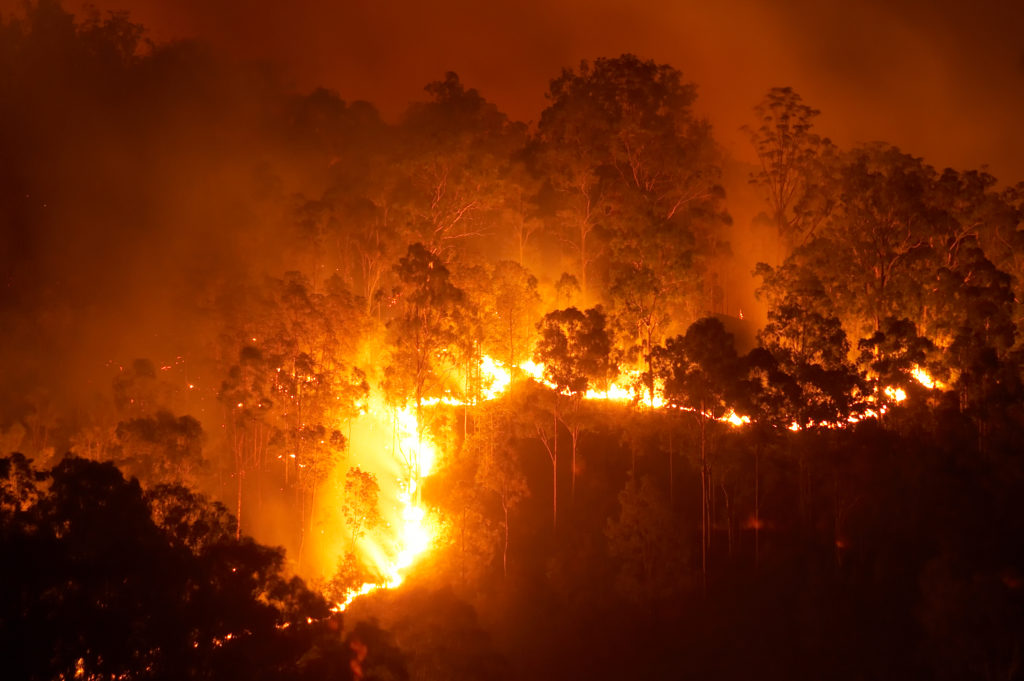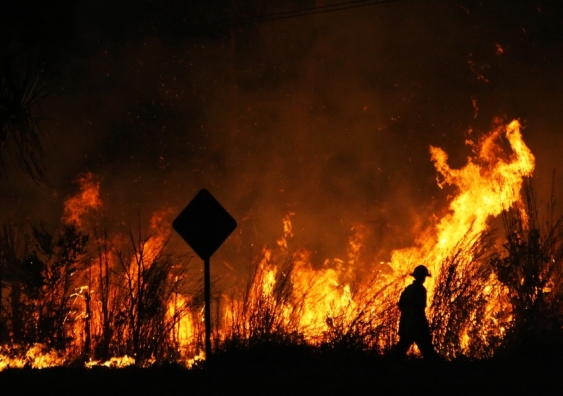Guarding Your Home: The Essential Duty of a BAL Report in Bushfire Readiness
Guarding Your Home: The Essential Duty of a BAL Report in Bushfire Readiness
Blog Article
How BAL Record Impacts Bush Fire Defense Measures
In the realm of bush fire defense, the Building Assault Degree (BAL) record stands as an important device that considerably affects the safety and security and resilience of buildings in fire-prone areas - BAL Report. The effect of a BAL analysis expands far beyond mere documents; it offers as the keystone for identifying the proper building and construction standards and fire security procedures essential to mitigate the dangers posed by bushfires. As neighborhoods face progressively extreme fire periods, comprehending how the BAL report forms these protective procedures becomes critical for home owners, home builders, and policymakers alike
Recognizing the Bushfire Assault Level

Importance of BAL Record Assessment

Additionally, the BAL report assessment functions as a foundational action in abiding by lawful responsibilities and demands associated to bushfire protection. Regional councils and authorities usually mandate the submission of a BAL report as part of the planning and structure authorization process to make sure that buildings are sufficiently guarded versus bushfire dangers. Stopping working to conduct a comprehensive BAL report analysis can result in insufficient security actions, leaving residential or commercial properties prone to ravaging bushfire occurrences.
Building Specifications Based on BAL
An extensive understanding of the Bushfire Strike Degree (BAL) enables building proprietors to carry out building and construction criteria tailored to their particular threat profile. Building and construction requirements based on BAL are crucial in reducing the impact of bushfires on residential properties. The BAL rating categorizes the possible danger a residential or commercial property encounters throughout a bushfire on a scale from BAL-Low to BAL-FZ (Flame Zone)
Implementing Fire Protection Measures
With the structure of building requirements based on Bushfire Strike Degree (BAL) in location, the emphasis currently shifts towards the functional application of fire defense steps to fortify buildings against bushfire dangers. Easy actions include using fireproof building products, mounting coal guards on vents, securing spaces in check this site out wall surfaces and roofings, and keeping a clear space around the property cost-free from combustible plants. By integrating both passive and active techniques, residential or commercial properties can dramatically lower their vulnerability to bushfire occurrences and boost the safety and security of residents.
Shielding Houses Versus Bushfires
Properly safeguarding homes against the damaging impacts of bushfires needs a thorough and aggressive technique to fire defense actions. In addition, securing spaces and vents to stop ash invasion, as well as incorporating fire-resistant doors and home windows, can aid strengthen the home's defense against bushfires. By embracing have a peek at this site a proactive stance and incorporating these protective measures, house owners can substantially enhance their opportunities of guarding their homes against bushfires.
Verdict
In verdict, the Bushfire Assault Degree (BAL) record plays an important duty in figuring out the required defense steps versus bushfires. Carrying out fire protection measures based on the BAL record is important in protecting properties from prospective bushfire risks.
In assessing bushfire danger to homes, understanding the Bushfire Assault Level (BAL) is an essential element for implementing efficient protection actions. In general, a clear understanding of the Bushfire Strike Level is crucial for executing ample security measures and alleviating the influence of bushfires on residential properties.

Report this page